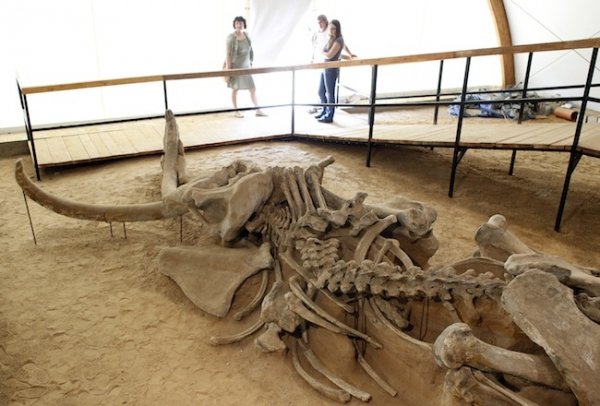
The discovery of well-preserved woolly mammoth remains in eastern Siberia has raised distant hopes that the animal could be cloned.
A Russian-led team of international scientists found intact cells among remains including hair and bone marrow.
In theory, the animal – which died out between 10,000 and 4,000 years ago – could be recreated if living cells are discovered among the remains.
But one of the team members told Reuters news agency that was unlikely.
The remains were discovered in August, metres underground in the permafrost of the vast north-eastern Siberian province of Yakutia, reports said.

“All we need for cloning is one living cell, which means it can reproduce autonomously. Then it will be no problem for us to multiply them to tens of thousands cells,” Semyon Grigoryev, a professor at North-East Federal University (NEFU), told Reuters.
Laboratory research is now said to be under way to determine whether there are living cells among the remains.
But Semyon Grigoryev admitted the chances were slim.
“We are counting on our region’s permafrost to have kept some cells alive. But it is unlikely,” said Semyon Grigoryev, explaining that the remains would need to have been kept at a stable temperature between -4C and -20C (25F and -4F) for cells to remain alive.
Scientists have attempted to clone mammoth remains several times, but without success. Not all believe it would be possible to do so.
Most mammoths are believed to have died out about 10,000 years ago, but small groups were thought to have lived on for several thousand years in Alaska and the Russian Wrangel Island in the Arctic Ocean.